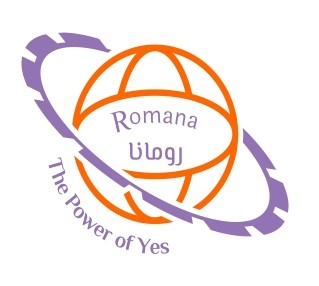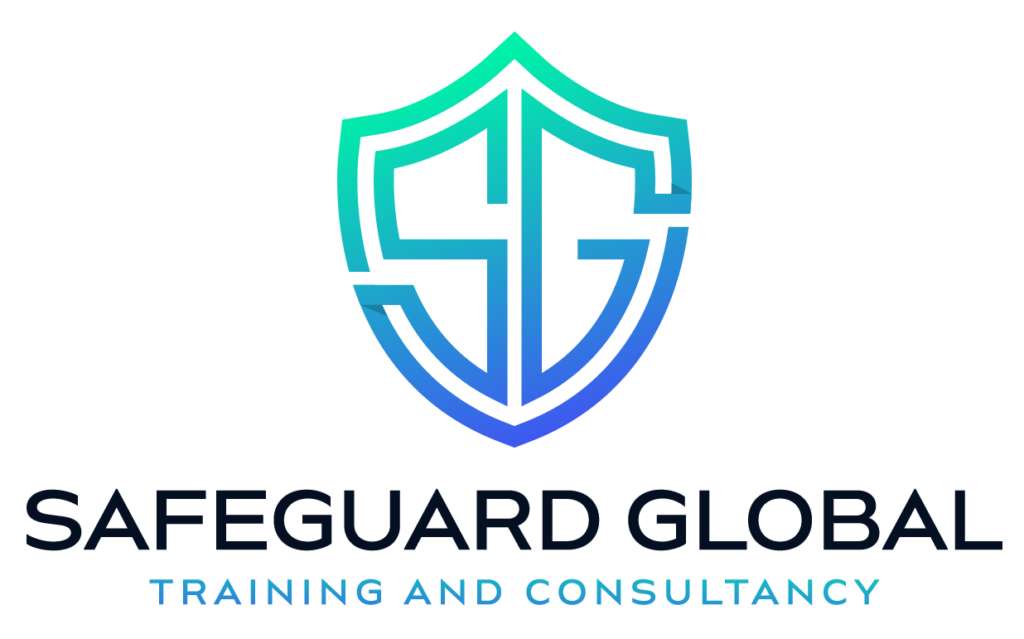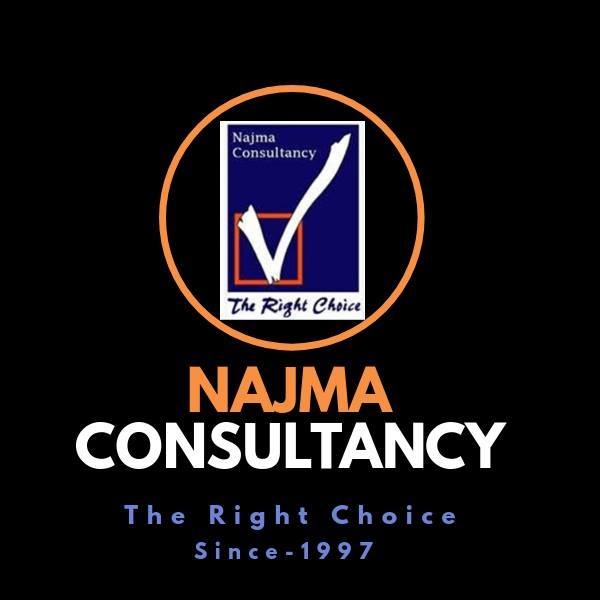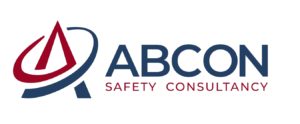Lifting supervisor training is designed for individuals responsible for overseeing lifting operations at construction sites, industrial plants, and other workplaces where heavy lifting is performed. The training focuses on ensuring that supervisors understand the critical safety protocols, equipment

1. Regulations & Compliance
Follows OSHA 1926.1400 (Cranes and Derricks in Construction) and other industry regulations regarding lifting and material handling.
Supervisors must be trained and knowledgeable about safe lifting procedures and legal requirements for lifting operations.
2. Responsibilities of a Lifting Supervisor
Planning and Coordination: Responsible for developing a lifting plan, which includes identifying lifting hazards, selecting the correct equipment, and ensuring that the lift is carried out safely.
Hazard Assessment: Conduct a thorough risk assessment before each lift to identify hazards such as overhead power lines, unstable ground, and nearby personnel.
Lifting Equipment Inspection: Ensure that all lifting equipment, including cranes, hoists, slings, and rigging tools, are inspected and in good working condition before use.
Team Coordination: Supervise and communicate effectively with the lifting team, including crane operators, riggers, and signalers, to ensure everyone understands their roles and the safety procedures.
3. Safe Lifting Practices
Load Calculation: Confirm that the weight of the load is accurately calculated, and ensure that the lifting equipment is rated for the load being moved.
Lifting Methods: Choose the appropriate lifting method (e.g., crane, forklift, etc.) based on the load’s weight, shape, and location.
Signal Communication: Ensure that clear and effective communication methods are in place (hand signals, radios) to coordinate the lift and prevent misunderstandings.
Stability & Load Control: Ensure that the load is properly rigged and balanced, and that it is lifted slowly and steadily to avoid sudden movements.
4. Common Hazards & Prevention
Overloading: Avoid exceeding the rated capacity of lifting equipment. Overloading can lead to equipment failure, accidents, or injuries.
Environmental Hazards: Assess the weather conditions, ground stability, and environmental factors before initiating the lift. Inclement weather like high winds can pose risks.
Swinging Loads: To prevent loads from swinging or tipping, ensure that the load is balanced and properly secured, and that the lifting equipment is set up correctly.
Personnel Safety: Maintain a safe exclusion zone around the lifting operation. Ensure that workers are not under suspended loads, and that they remain clear of the lifting area during operations.
5. Emergency Procedures
Incident Response: In case of an accident or emergency, stop the lift immediately and secure the load. Administer first aid and call for emergency services if necessary.
Accident Investigation: After an incident, conduct a thorough investigation to determine the cause and implement corrective measures to prevent recurrence.
Equipment Failure: If lifting equipment malfunctions, halt the operation, secure the load, and notify maintenance personnel to inspect and repair the equipment.
6. Certification & Refresher Training
Initial Certification: Includes comprehensive training on lifting operations, safety regulations, hazard assessment, communication protocols, and emergency procedures.
Refresher Training: Recommended every 1-2 years or after an incident to ensure supervisors are updated on the latest safety practices and regulations.
In today’s dynamic business environment, maintaining compliance, safety, and quality is essential for success. Romana Skills Training LLC is a KHDA & Dubai Municipality-approved training and consultancy provider dedicated to helping businesses enhance safety standards, meet regulatory requirements, and drive operational excellence.
We offer expert-led training and consulting services in Food Safety (HACCP, ISO 22000), Health & Safety (HSE), Quality Management, and Environmental Compliance, ensuring that organizations across various industries—food manufacturing, hospitality, healthcare, construction, and more—achieve full regulatory compliance and operational efficiency.
With a strong focus on tailored solutions, we empower businesses with practical knowledge and strategies that reduce risks, improve workforce competency, and enhance overall performance. Our commitment to excellence and continuous improvement has helped numerous clients meet Dubai Municipality, ISO, and global safety standards successfully.
Partner with Romana today and unlock excellence in safety and compliance!
(Institute Review)
55 years ago(Institute Review)
55 years ago
KHDA Approved Certified Occupational Health and Safety Officer.

For every work involved outer portion of a high rise building, window cleaning and exterior work, the choice of access equipment will be determined by the height to be negotiated, site conditions, duration and extent of work and frequency of

Accident/Incident investigation and analysis is a means used to prevent future accidents by determining root cause.

This training will teach you about the techniques used for controlling operating hazards and costs. You will get a step-by-step overview of the process and also define your role in making it effective. You will learn to manage a JSA program

This Diploma is aimed at experienced Senior H&S Managers, Group Health & Safety Directors and Senior Consultants with experience of high-level policy change and tactical implementation.
© 2025 www.coursetakers.ae All Rights Reserved. Terms and Conditions of use | Privacy Policy